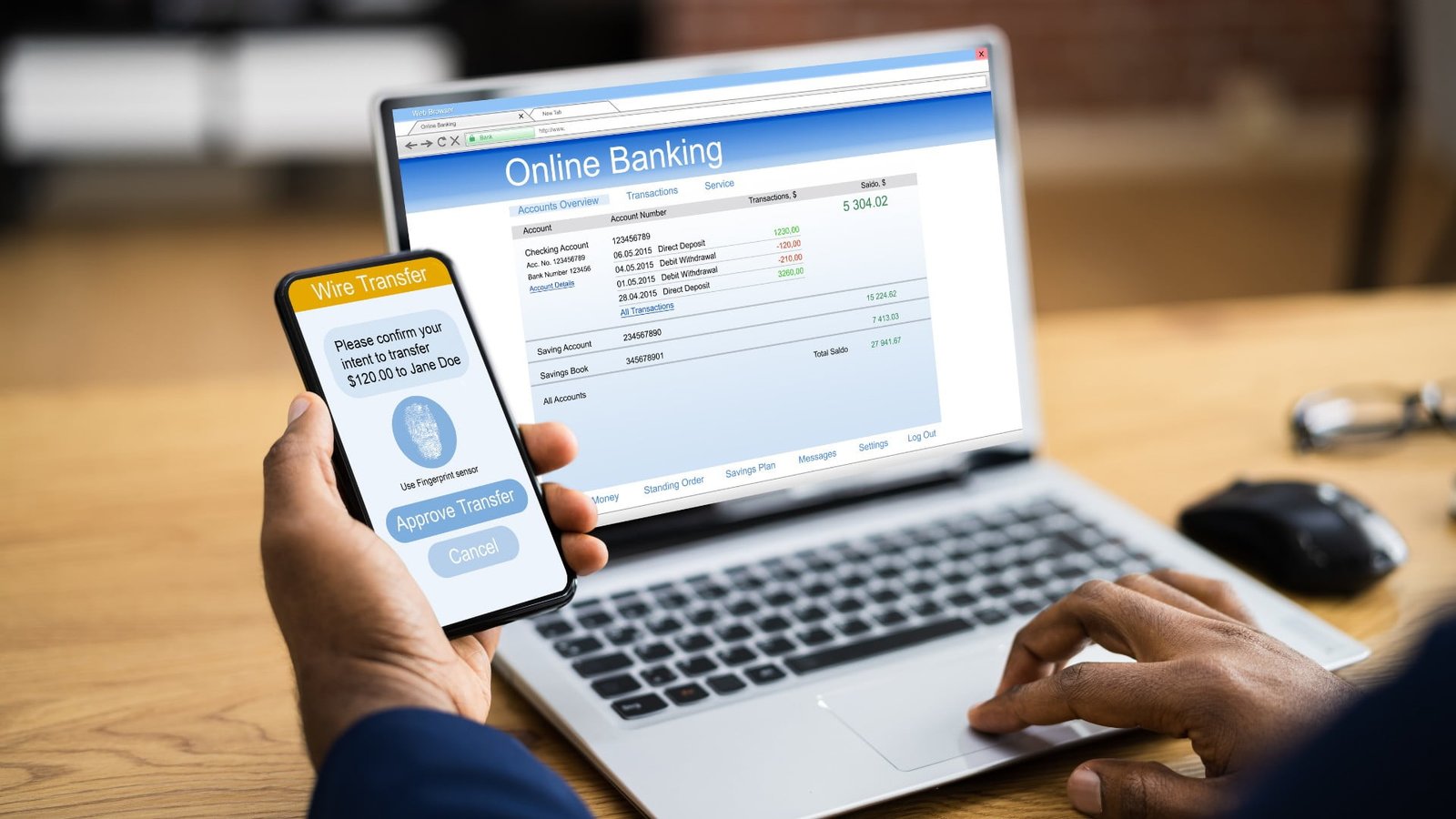This article may contain affiliate links. If you make a purchase through these links, we may earn a commission at no extra cost to you.
The financial landscape has undergone a significant transformation in recent years, with the advent of digital banks revolutionizing how we manage money. Also known as neobanks or challenger banks, these digital-only financial institutions operate without physical branches, offering a range of services through mobile apps and online platforms. This guide will delve into the rise of digital banks, exploring their advantages and disadvantages to help you understand their impact on the banking industry and your personal finances.
What Are Digital Banks?
Definition and Overview
Digital banks are financial institutions that provide banking services primarily through digital channels, such as mobile apps and websites. Unlike traditional banks, digital banks do not have physical branches. Instead, they leverage technology to offer a seamless, user-friendly banking experience.
Key Characteristics
- Online and Mobile Banking: Services are accessible 24/7 through digital devices.
- Low Overhead Costs: Without the need for physical branches, digital banks can operate with lower overhead costs.
- Innovative Features: Many digital banks offer innovative features like real-time notifications, advanced budgeting tools, and AI-driven financial advice.
Advantages of Digital Banks
1. Convenience
Digital banks offer unparalleled convenience. With services available around the clock, customers can manage their finances from anywhere in the world, at any time. This accessibility is particularly beneficial for those who have busy schedules or live in remote areas.
2. Lower Fees
One of the most appealing aspects of digital banks is their lower fees. Traditional banks often charge for account maintenance, overdrafts, and other services. In contrast, digital banks typically have minimal fees, thanks to their lower operating costs. This can result in significant savings for customers.
3. Higher Interest Rates
Many digital banks offer higher interest rates on savings accounts compared to traditional banks. By reducing overhead costs, digital banks can pass the savings on to customers in the form of better interest rates. This makes digital banks an attractive option for those looking to grow their savings.
4. Advanced Technology
Digital banks are at the forefront of banking technology. They offer a range of advanced features such as:
- Real-time transaction notifications: Customers receive instant alerts for every transaction, helping them keep track of their spending.
- Personalized financial insights: Many digital banks use AI to analyze spending patterns and provide personalized financial advice.
- Seamless integration: Digital banks often integrate with other financial services, such as budgeting apps and investment platforms, providing a comprehensive financial management solution.
5. User-Friendly Interfaces
The user experience is a top priority for digital banks. Their mobile apps and websites are designed to be intuitive and easy to navigate, making banking straightforward even for those who are not tech-savvy.
6. Instant Account Setup
Opening an account with a digital bank is typically quick and easy. Unlike traditional banks, which may require a visit to a branch and extensive paperwork, digital banks allow customers to sign up online within minutes. This streamlined process is ideal for those who value efficiency.
Problems with Online-Only Banks
1. No Real Offices
Not having actual bank locations can be a downside for some people. Even though online-only banks have great internet help, sometimes it’s better to talk to someone in person. This can be important for complicated banking tasks or problems.
2. Fewer Services
Online-only banks are really good for simple banking needs, but they might not have all the extra services that regular banks do. For example, if you need a safety deposit box, special kinds of loans, or detailed financial advice, a regular bank could be a better choice.
3. Worries About Safety
Even though online-only banks use high-tech security, they can still be targets for hackers and scams. Customers need to be careful with their personal details. While these banks do a lot to keep things safe, there’s always a chance of security breaches.
4. Relying on Technology
Online banking depends completely on technology, which has its pros and cons. Problems like server breakdowns, app errors, or internet issues can stop you from using banking services for a while. People who aren’t good with technology might have a hard time using online banking platforms.
5. Rules and Regulations
Since online banks are fairly new, the rules that control them are still changing. This can cause confusion and might lead to changes in how these banks work. Customers should keep up with any new rules that might affect their online banking experience.
6. Dealing with Cash
If you often use cash, online banks might not be as easy to use. Regular banks let you deposit and take out cash at ATMs and in their branches. Some online banks work with ATM networks to give you access to cash, but these services might not be as wide-ranging or easy to find.
The Growth of Online Banks: An In-Depth Look
Growth and Popularity
Online banks have become very popular very quickly, thanks to more people using smartphones and the internet. Reports from the industry say that the number of people using online banks will increase a lot in the next few years. This growth is happening because of:
- Changing what customers want: Nowadays, people want things to be easy, fast, and available online.
- New technology: Fintech, which is technology for finance, has made online banking easier and better.
- The effect of the pandemic: The COVID-19 pandemic made people use online banking more because they couldn’t go to physical bank branches.
Major Players in the Digital Banking Space
Several digital banks have emerged as leaders in the industry, each offering unique features and services. Some of the most notable digital banks include:
- Revolut: Known for its multi-currency accounts and low foreign exchange fees.
- Chime: Popular in the U.S. for its fee-free banking services and early direct deposit feature.
- N26: A German digital bank with a strong presence in Europe, offering a range of banking and financial services.
- Monzo: A UK-based digital bank that offers budgeting tools and instant spending notifications.
Bright Future for Online Banking
The outlook for online banking is good, with ongoing growth and new ideas coming up. Here are some things to keep an eye on:
- Expansion of services: Online banks might start offering a wider range of financial products, like home loans and ways to invest money.
- Improved security: New cybersecurity technology will make online banking platforms safer.
- Greater integration: Online banks will keep linking up with other financial technology services, giving customers a smooth and connected financial system.
How to Choose the Right Digital Bank
Assess Your Needs
Before choosing a digital bank, assess your banking needs and preferences. Consider factors such as:
- Frequency of cash transactions: If you handle cash frequently, ensure the digital bank provides adequate access to cash services.
- Desired features: Look for digital banks that offer the specific features you need, such as budgeting tools or high-interest savings accounts.
- Geographic availability: Ensure the digital bank operates in your region and supports your local currency.
Research and Compare
Take the time to research and compare different digital banks. Look at factors such as:
- Fees and charges: Compare account maintenance fees, transaction fees, and foreign exchange fees.
- Interest rates: Look at the interest rates offered on savings accounts and other financial products.
- Customer reviews: Read reviews and ratings from other customers to gauge their satisfaction with the bank’s services.
Security Measures
Make sure the online bank has strong safety steps. Check for these things:
- Two-factor authentication (2FA): Gives more safety to your account.
- Encryption: Keeps your information safe when it’s being sent.
- Fraud detection: Smart systems to find and stop wrong things from happening.
Customer Support
Helpful customer service is very important, especially for an online bank that doesn’t have real offices. Look at how good and available the customer service is, and consider these things:
- 24/7 support: Customer service that is open all the time, day and night.
- Different ways to get help: Being able to get help through different methods like chatting live, sending emails, or calling.
- Response time: Getting problems and questions solved quickly and well.
Conclusion
The growth of online banks is changing how banks work, giving benefits like ease, cheaper costs, and better tech. But, they also have downsides, like not having real branches and possible safety issues. As online banks grow and offer more services, they will be a big part of how we handle money.
Knowing the good and bad parts of online banks helps you decide if you should use them and pick the best one for you. Like with any money choice, it’s important to do lots of research and think carefully to make sure your banking is safe and enjoyable.




